How AI Image Generators Create Realistic Art and Designs?

In recent years, the world of art and design has been
revolutionized by the emergence of AI image generators. These sophisticated
tools can produce stunningly realistic images, from breathtaking landscapes to
intricate portraits. But how do these AI models achieve such remarkable
results? Let's delve into the fascinating process behind AI image generation.
Understanding AI Image
Generators
AI image generators are trained on vast datasets of images,
learning to identify patterns, styles, and features. This training enables them
to generate new images that are visually coherent and often indistinguishable
from human-created art.
The Key Techniques:
·
Generative
Adversarial Networks (GANs): GANs are a popular technique in AI image generation. They consist of two neural networks: a generator and a discriminator.
The generator creates new images, while the discriminator evaluates their
realism. Through a competitive process, the generator learns to produce
increasingly realistic images that deceive the discriminator.
·
Variational
Autoencoders (VAEs):
VAEs encode images into a lower-dimensional latent space, capturing the
underlying structure and variations. By sampling from this latent space, new
images can be generated that are similar to the training data but with unique
variations.
·
Style
Transfer: This technique
allows the style of one image to be transferred onto the content of another. By
analyzing the style features of the source image and applying them to the
target image, AI image generators can create visually striking and artistic
results.
The Role of Data:
The quality of the training data is crucial for AI image generation. A diverse and representative
dataset ensures that the model can learn to capture a wide range of styles,
subjects, and variations. Large-scale datasets, such as ImageNet, have played a
significant role in advancing the capabilities of AI image generators.
Challenges and Limitations:
While AI image generators have made remarkable progress, they
still face certain challenges:
·
Lack
of Creativity: AI models
are limited by the data they are trained on. They cannot generate truly original
or groundbreaking ideas that go beyond the patterns they have learned.
·
Ethical
Concerns: The use of AI
image generators raises ethical questions about copyright infringement,
deepfakes, and the potential for misuse.
·
Technical
Limitations: Current AI
models may struggle to generate highly detailed images or complex scenes,
especially when dealing with novel or unusual subjects.
Also Read: The AI Surf
The Future of AI Image
Generation
Despite these challenges, the future of AI image generation
is bright. As research continues to advance, we can expect to see even more
impressive and realistic images generated by AI. These tools have the potential
to revolutionize various fields, including art, design, entertainment, and
scientific research.
In conclusion, AI image generators have come a long way in recent
years, demonstrating their ability to create stunningly realistic and artistic
images. By understanding the underlying techniques and the role of data, we can
appreciate the remarkable capabilities of these AI models. As technology
continues to evolve, we can look forward to even more exciting developments in
the field of AI-generated art and design.
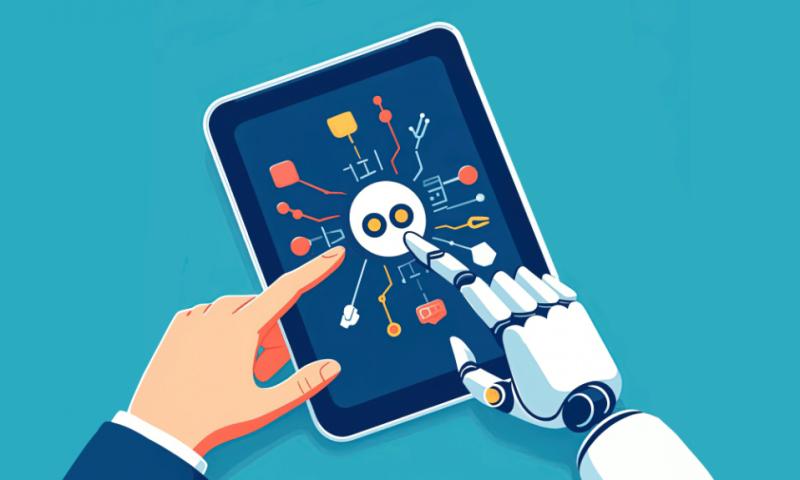

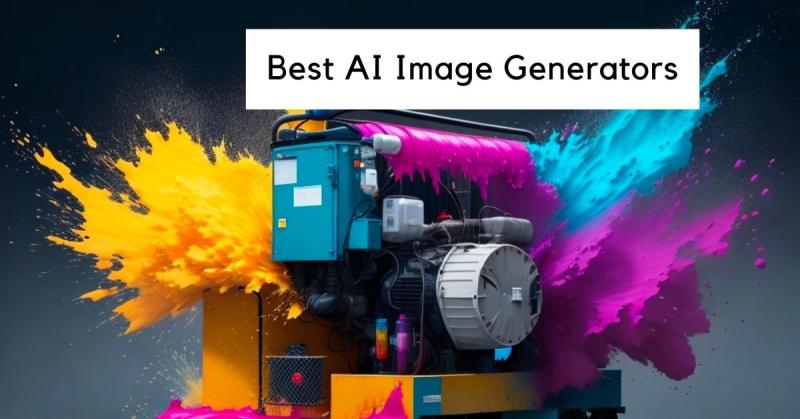
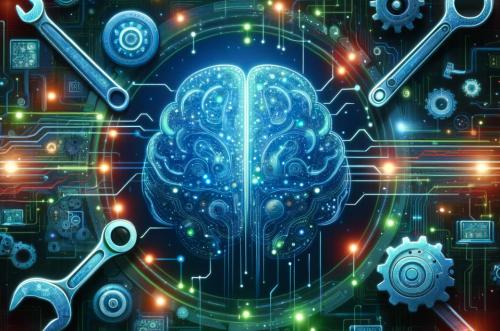

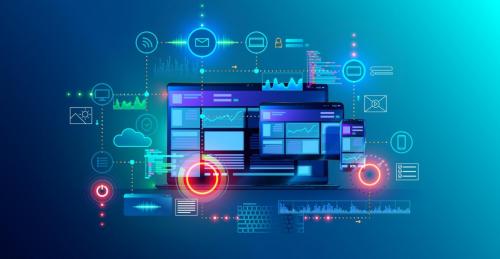
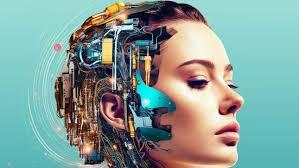
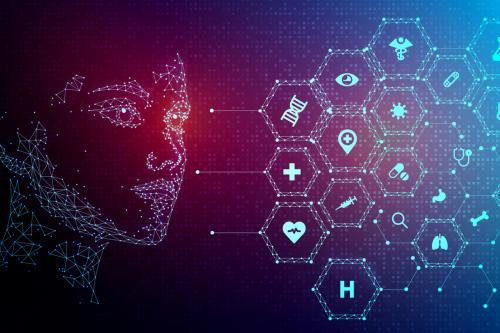
Comments (1)
Adam Watson
6
Owner
AI image generators create realistic art and designs using a combination of machine learning techniques, particularly deep learning and neural networks. Here’s a breakdown of how they work:
Training on Large Datasets: AI models are trained on vast datasets containing millions of images and their descriptions. This helps the model learn various styles, subjects, and artistic techniques.
Neural Networks: Specifically, Generative Adversarial Networks (GANs) or diffusion models are often used.